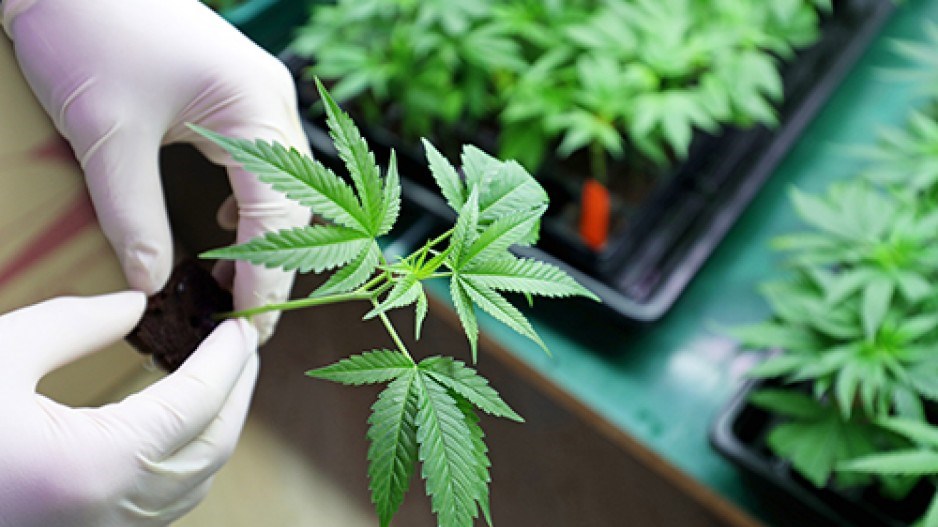Last October’s legalization of recreational cannabis brought opportunities and challenges to licensed producers (LPs) and future entrepreneurs who want to sell cultivated and edible products. If you’re thinking of starting an edibles venture – baked goods, beverages, chocolates, mints, vape cartridges, tinctures, gummies, etc. – here are some key considerations.
Health Canada’s emerging edibles regime is both a supportive and restrictive extension of last October’s legalization. There are more risks to navigate while pursing opportunities in these consumer products. Of course, obtaining the right licence while concurrently building production capabilities and product portfolios will be critical.
Licensing for edibles processing and production requires a lot of time and capital. Due to the sheer volume of applications facing Health Canada, there is currently a bottleneck of at least 18 months. As they wait, would-be edibles entrepreneurs will need to secure physical locations and be prepared to have their capital invested and tied up to cover numerous costs – like permits, rent, design and renovations, security, staff compensation and equipment purchases or leases – making the holding of that location an enormous risk.
It is imperative that you’re working with the right partners, have a good plan and know what technology you need ahead of time (this will greatly impact you later). It is also important to contract a skilled consultant to help navigate strategy and business plan development, licensing, physical build-out, machinery specs, people planning, securing input ingredients, negotiating supply and customer agreements, etc. These upfront investments, if done right, will pay dividends later on.
Since October 2018, reliable testing, dosing and measurement are non-negotiable – and even more so as edibles emerge as an industry segment, as the requirement for labelling products and constituent ingredients will mirror requirements for food and pharmaceuticals. Canadian consumers demand that.
What is proposed for the upcoming legalization of edibles is a low, 10-milligram THC limit per item. On the surface, this is a responsible go-low-and-slow approach. But it may result in unintended consequences, as recreational users who feel little to no effect with one or two pieces impatiently gobble a handful to get high. Industry experts question whether a low dose per piece will help or hinder safe consumption. Moreover, low dosing will result in higher unit costs and greater expense to scale – all resulting in pricing pressure for the consumer.
Low doses may necessitate excess packaging. There are also questions around how many edibles can be in a package and how to ensure safety for each unit.
Predictably higher costs to develop and ship excess packaging, on top of the actual cannabis edibles, will drive investment and pricing decisions.
Another effect of proposed packaging (white with warning labels), along with distribution and marketing restrictions, is that consumers may not have sufficient information for informed choices. This impedes a licensed edibles entrepreneur’s ability to link advertising to product and market share. More importantly, it may also stifle consumers’ ability to voice preferences.
As a result, poor product iterations, along with ineffective changes to dosing, formulations, taste, etc., could occur. As government tries to protect the public, a smart balance is necessary to support the emergence of viable consumer-driven businesses.
Frankly, the edibles sector is not a level playing field. Regulations will hold legal Canadian businesses back, while American competitors – unimpeded by the restrictions of Canadian regulations – are free to market to and engage with Canadian consumers, for instance, by driving traffic via U.S.-based websites and social media. The proposed plain, white packaging means our industry participants will struggle to establish brand presence and thus are at a competitive disadvantage. We need to empower our industry and move the market to fulfil demand, here at home. Because the Americans, and soon other international players, are coming – if not already here.
While many think building an edibles company is straightforward, securing inputs of cannabinoid extracts will be difficult. Currently there is a lack of extract throughout the country. Pure-play extraction companies have emerged to fill this space. Since capacity will still be constrained for some time, securing letters of intent for cannabinoid inputs will be a competitive necessity.
A successful chocolatier will not necessarily find success making THC-infused chocolates.
Under current regulations, you cannot convert a chocolate-cookie line to a cannabis-cookie line under the same roof. Likewise, just because an LP grows great flower does not mean it is equipped to add value to that biomass. Strong expertise and knowledge, in all areas, are vital and in short supply.
Edibles entrepreneurs must understand the entire production cycle. Will you go it alone, obtain a Health Canada licence and secure requisite infrastructure? Or can partnerships accelerate, if not leapfrog, and enhance investor capital and entrepreneurial energy? Is a purely domestic strategy the winner, or should edibles producers consider globalization early in their development? Additionally, there may be some very compelling reasons to consider Indigenous partnership as part of a winning strategy.
Learning from October 2018, arguably too much attention and dollars were fixated on cultivation, and not enough on people, systems and activities to process, package and ship flower to the Liquor Distribution Branch and consumers. These issues still haunt the industry. They will not abate with the flood of edibles coming this fall. The companies that have production expertise coupled with supply chain experience will win market share. The cannabis market for products, including upcoming legalization of edibles, has moved from ideation to execution. It is no longer “tell me,” but rather “show me.”
Nonetheless, compelling opportunities do exist.
As edibles entrepreneurs build out businesses, be mindful of regulatory, financial, production and consumer impacts. Securing funding, acquiring expertise, building partnerships and getting good advice will launch you into this new frontier.
Based in Vancouver, Peter Guo leads MNP’s Enterprise Risk Services practice and MNP’s Cannabis Industry Group for B.C. He provides strategic, risk management, consulting and assurance services to private and public organizations.




